An undermount kitchen sink is a type of sink that is installed underneath the countertop, with the edges of the sink hidden beneath the counter. This creates a seamless and sleek look in the kitchen, as the sink appears to be a part of the countertop itself. Undermount sinks are available in various materials such as stainless steel, granite, and porcelain, making them a versatile choice for any kitchen. They are also known for their durability and easy maintenance, making them a popular choice among homeowners.Undermount Kitchen Sink
An overmount kitchen sink, also known as a top mount sink, is installed on top of the countertop, with the edges of the sink visible. This type of sink is the more traditional and common option for kitchens. Overmount sinks are available in a wide range of materials, styles, and sizes, making them suitable for any kitchen design. They are also relatively easy to install and can be a more budget-friendly option compared to undermount sinks.Overmount Kitchen Sink
The debate between undermount vs overmount kitchen sinks is a common one among homeowners. While both types have their own set of advantages and disadvantages, the decision ultimately depends on personal preference and the design of the kitchen. Undermount sinks are a popular choice for modern and minimalist kitchens, as they offer a seamless and clean look. On the other hand, overmount sinks can add a touch of traditional charm to a kitchen and are a more budget-friendly option.Undermount vs Overmount Kitchen Sink
When it comes to choosing the best undermount kitchen sink, there are a few factors to consider such as material, size, and features. Stainless steel is a popular choice for its durability and easy maintenance, while granite and porcelain add a touch of elegance to the kitchen. It is also important to consider the size of the sink, as it should fit comfortably in the kitchen and provide enough space for washing dishes. Features such as soundproofing and accessories like cutting boards and colanders can also make a sink stand out as the best choice for a kitchen.Best Undermount Kitchen Sink
Similar to undermount sinks, choosing the best overmount kitchen sink depends on factors such as material, size, and features. Stainless steel, granite, and porcelain are all popular options for overmount sinks, offering durability and a range of design choices. Size is also an important factor, as the sink should fit comfortably in the kitchen without taking up too much space. Features like built-in soap dispensers and racks for accessories can also make an overmount sink the best choice for a kitchen.Best Overmount Kitchen Sink
The installation process for undermount kitchen sinks can vary depending on the type of countertop and sink. In general, it involves creating a cutout in the countertop for the sink to fit into, securing the sink with brackets, and sealing the edges with silicone. This process should be done by a professional to ensure a proper and secure installation. It is also important to choose a sink that is compatible with the type of countertop, as some materials may not support the weight of an undermount sink.Undermount Kitchen Sink Installation
The installation process for overmount kitchen sinks is relatively easier and can be done by homeowners themselves. It involves cutting a hole in the countertop, placing the sink on top, and securing it with clips. Silicone is then used to seal the edges and prevent any water leakage. However, it is still recommended to have the installation done by a professional to ensure a proper fit and seal. It is also important to choose a sink that is the correct size for the cutout in the countertop.Overmount Kitchen Sink Installation
Pros: Aesthetically pleasing, easy to clean, creates more counter space, can support heavy pots and pans. Cons: More expensive, requires professional installation, may not be compatible with all countertop materials.Undermount Kitchen Sink Pros and Cons
Pros: More budget-friendly, easier to install, available in a wide range of materials and styles. Cons: Visible edges can collect dirt and grime, may take up more counter space, not as aesthetically pleasing as undermount sinks.Overmount Kitchen Sink Pros and Cons
Undermount kitchen sinks and top mount sinks are often compared because they are both installed in the same way, with the main difference being the placement of the sink. While undermount sinks are installed underneath the countertop, top mount sinks are installed on top of the countertop. This results in a different look and functionality in the kitchen. Undermount sinks offer a seamless and modern look, while top mount sinks can add a traditional touch to the kitchen. Overall, the decision between undermount or overmount kitchen sinks depends on personal preference, budget, and the design of the kitchen. Both types have their own set of advantages and disadvantages, making them suitable for different kitchen styles and needs. With proper installation and maintenance, either type can be a great addition to any kitchen.Undermount Kitchen Sink vs Top Mount
Which Sink is Right for Your Kitchen: Undermount or Overmount?

Understanding the Differences
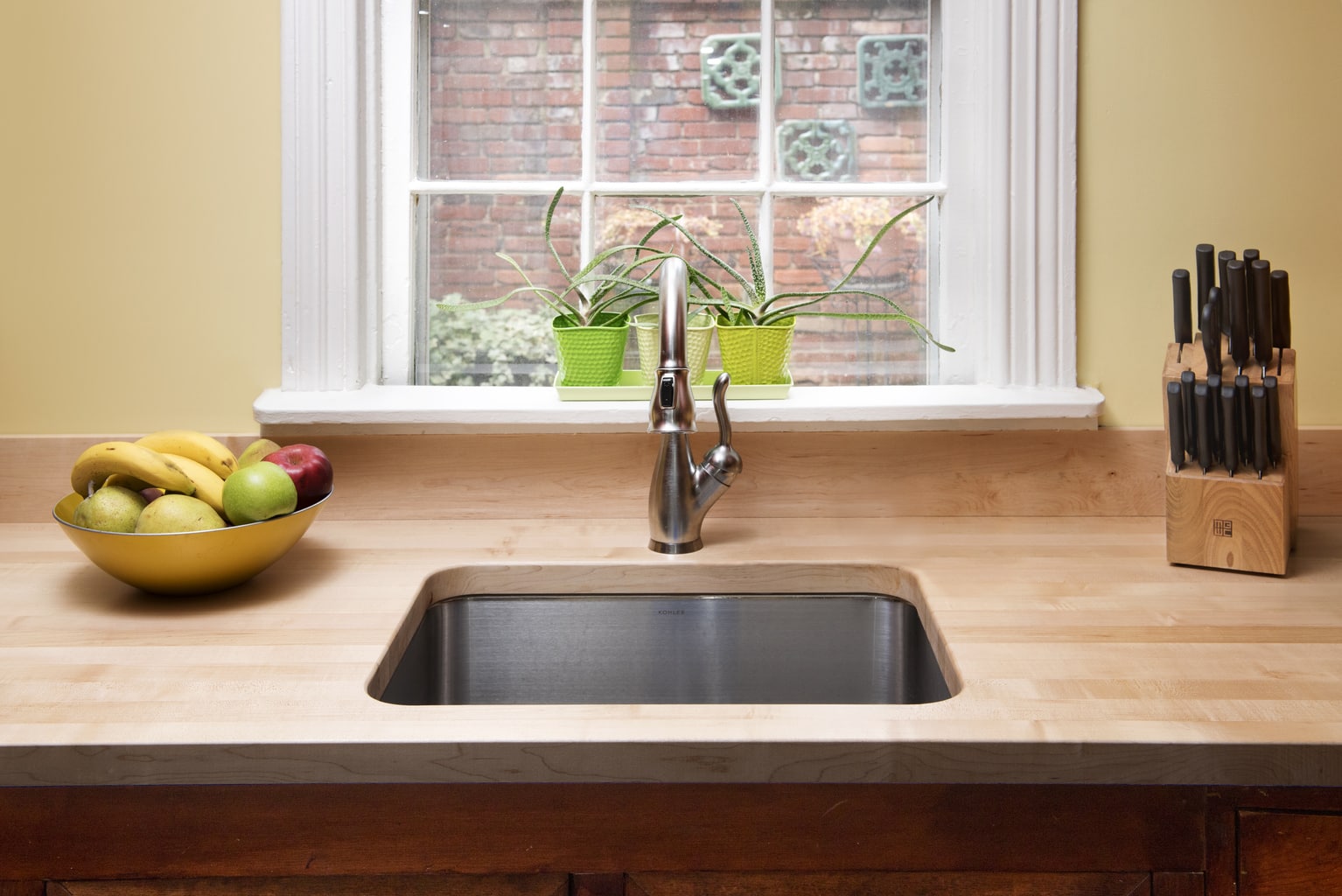 When it comes to designing your dream kitchen, every detail matters. From the color of the cabinets to the type of flooring, each element contributes to the overall style and functionality of the space. One important decision to make is whether to install an
undermount or overmount
kitchen sink. Both options have their own unique features and benefits, and it's important to understand the differences before making a choice.
When it comes to designing your dream kitchen, every detail matters. From the color of the cabinets to the type of flooring, each element contributes to the overall style and functionality of the space. One important decision to make is whether to install an
undermount or overmount
kitchen sink. Both options have their own unique features and benefits, and it's important to understand the differences before making a choice.
The Pros and Cons of Undermount Sinks
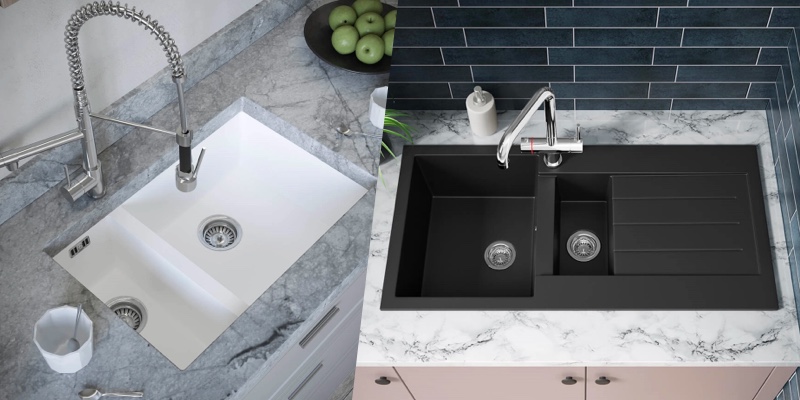 An
undermount sink
is installed underneath the countertop, creating a seamless and sleek look. This type of sink is typically made of a single piece of material, such as stainless steel, and is mounted from below with clips and brackets. One of the main benefits of an undermount sink is its
clean and modern appearance
. Without the lip of the sink sitting on top of the counter, there are no crevices for dirt and grime to collect, making it easier to clean and maintain. Additionally, undermount sinks can
maximize counter space
, since there is no lip or edge taking up space.
However, there are some potential downsides to consider with undermount sinks. Installation can be more complex and may require professional help. The weight of the sink and the strength of the countertop are important factors to consider. Additionally, undermount sinks may be more susceptible to water damage if not installed properly, as water can seep into the seams and cause damage over time.
An
undermount sink
is installed underneath the countertop, creating a seamless and sleek look. This type of sink is typically made of a single piece of material, such as stainless steel, and is mounted from below with clips and brackets. One of the main benefits of an undermount sink is its
clean and modern appearance
. Without the lip of the sink sitting on top of the counter, there are no crevices for dirt and grime to collect, making it easier to clean and maintain. Additionally, undermount sinks can
maximize counter space
, since there is no lip or edge taking up space.
However, there are some potential downsides to consider with undermount sinks. Installation can be more complex and may require professional help. The weight of the sink and the strength of the countertop are important factors to consider. Additionally, undermount sinks may be more susceptible to water damage if not installed properly, as water can seep into the seams and cause damage over time.
The Pros and Cons of Overmount Sinks
 An
overmount sink
, also known as a drop-in sink, is installed on top of the countertop, with the edges of the sink visible. This type of sink is often more affordable and easier to install than an undermount sink. It also allows for more flexibility in terms of materials, as it can be installed on any type of countertop.
One of the main advantages of an overmount sink is its
versatility
. It can be easily replaced or switched out without having to change the entire countertop. Additionally, overmount sinks can be installed on any type of countertop, including laminate and tile, which may not be suitable for undermount sinks.
However, overmount sinks may not have the same sleek and modern aesthetic as undermount sinks. The visible edges of the sink can be a challenge to keep clean, as dirt and grime can easily collect in the crevices. Additionally, the lip of the sink can take up valuable counter space and make it difficult to wipe down the countertop.
An
overmount sink
, also known as a drop-in sink, is installed on top of the countertop, with the edges of the sink visible. This type of sink is often more affordable and easier to install than an undermount sink. It also allows for more flexibility in terms of materials, as it can be installed on any type of countertop.
One of the main advantages of an overmount sink is its
versatility
. It can be easily replaced or switched out without having to change the entire countertop. Additionally, overmount sinks can be installed on any type of countertop, including laminate and tile, which may not be suitable for undermount sinks.
However, overmount sinks may not have the same sleek and modern aesthetic as undermount sinks. The visible edges of the sink can be a challenge to keep clean, as dirt and grime can easily collect in the crevices. Additionally, the lip of the sink can take up valuable counter space and make it difficult to wipe down the countertop.
The Final Decision
 Ultimately, the decision between an undermount or overmount sink comes down to personal preference and the specific needs of your kitchen. If you value a clean and modern look and are willing to invest in professional installation, an undermount sink may be the right choice for you. However, if you want more flexibility in terms of materials and an easier installation process, an overmount sink may be the better option.
No matter which type of sink you choose, it's important to consider the overall style and functionality of your kitchen. With the right sink, you can create a space that is not only beautiful but also functional for all your cooking and cleaning needs.
Ultimately, the decision between an undermount or overmount sink comes down to personal preference and the specific needs of your kitchen. If you value a clean and modern look and are willing to invest in professional installation, an undermount sink may be the right choice for you. However, if you want more flexibility in terms of materials and an easier installation process, an overmount sink may be the better option.
No matter which type of sink you choose, it's important to consider the overall style and functionality of your kitchen. With the right sink, you can create a space that is not only beautiful but also functional for all your cooking and cleaning needs.





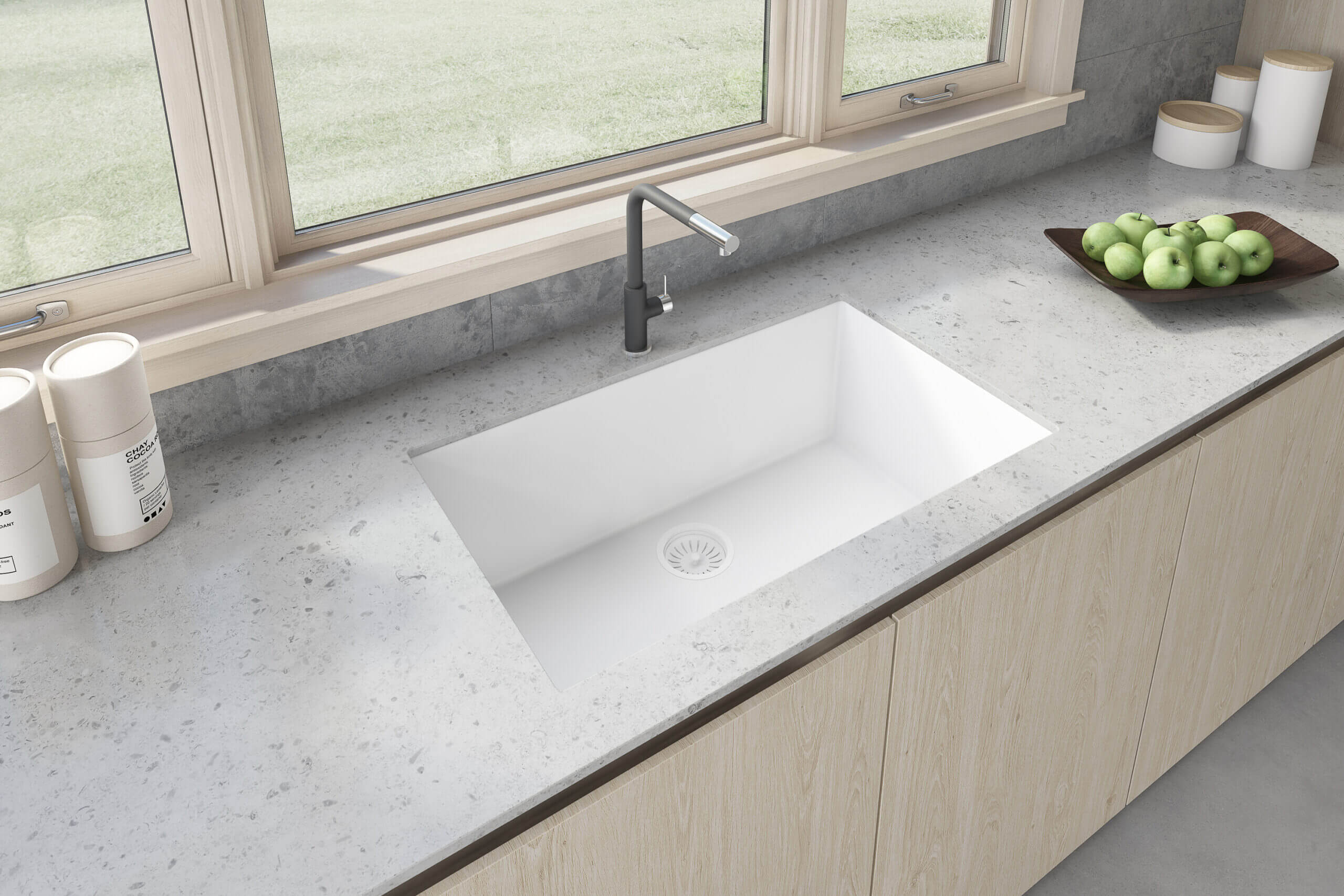
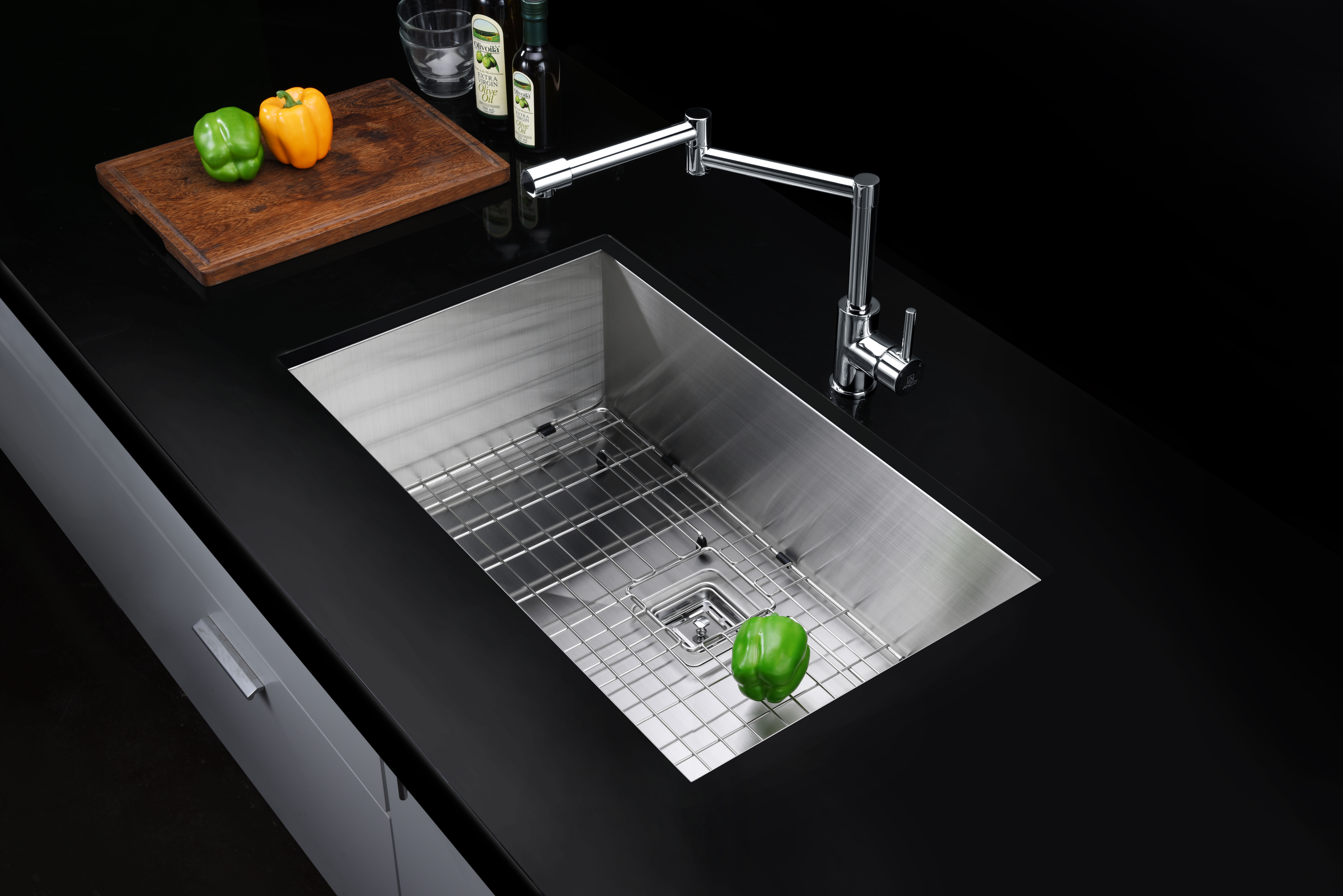


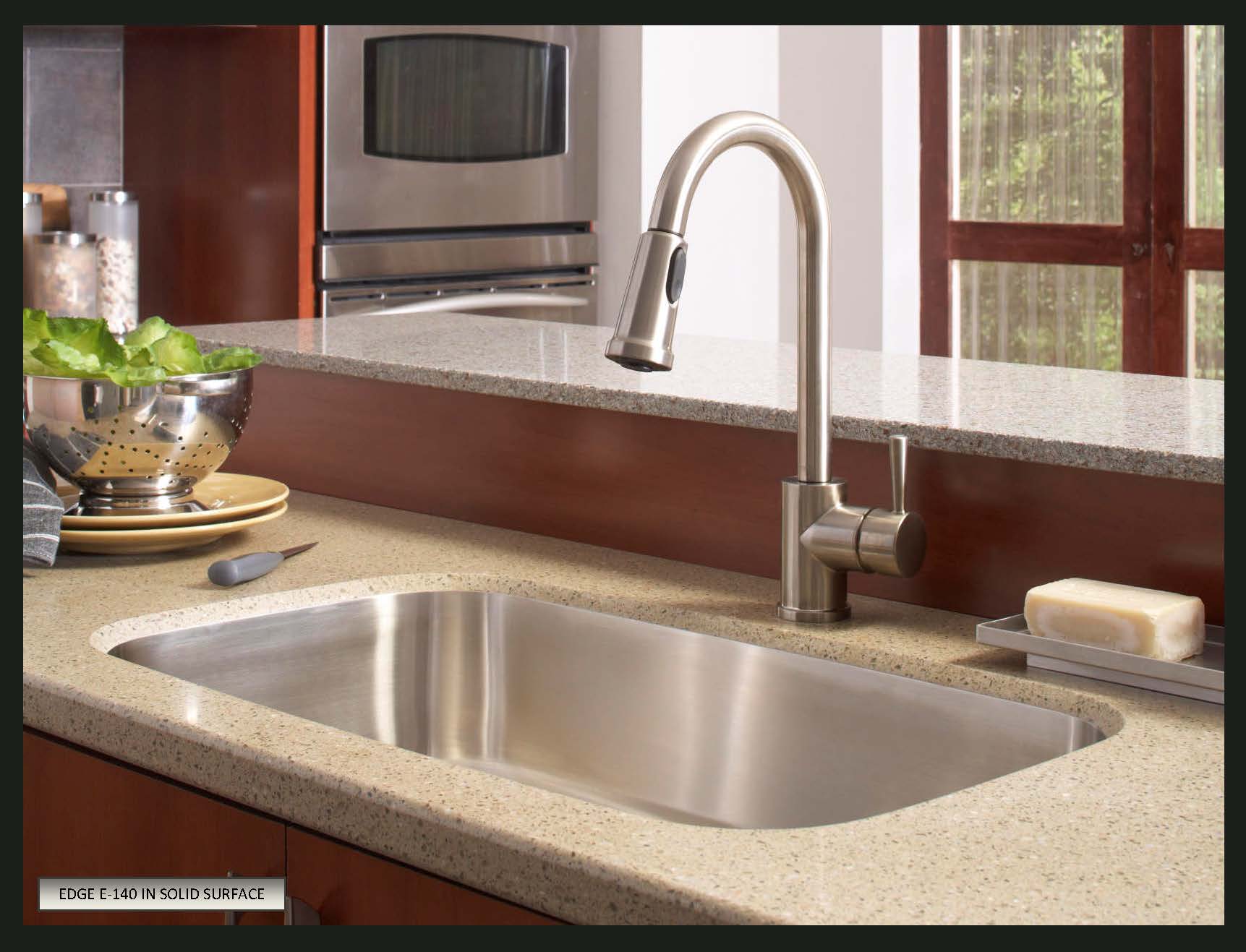
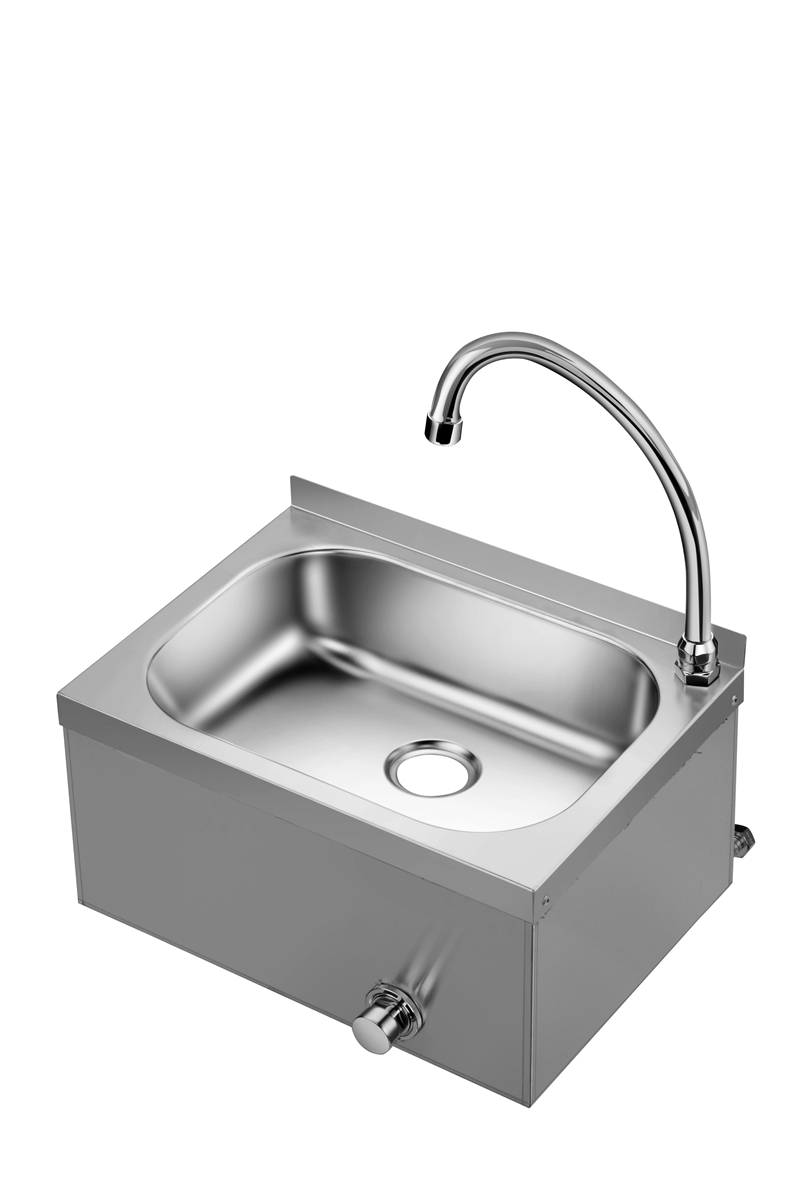
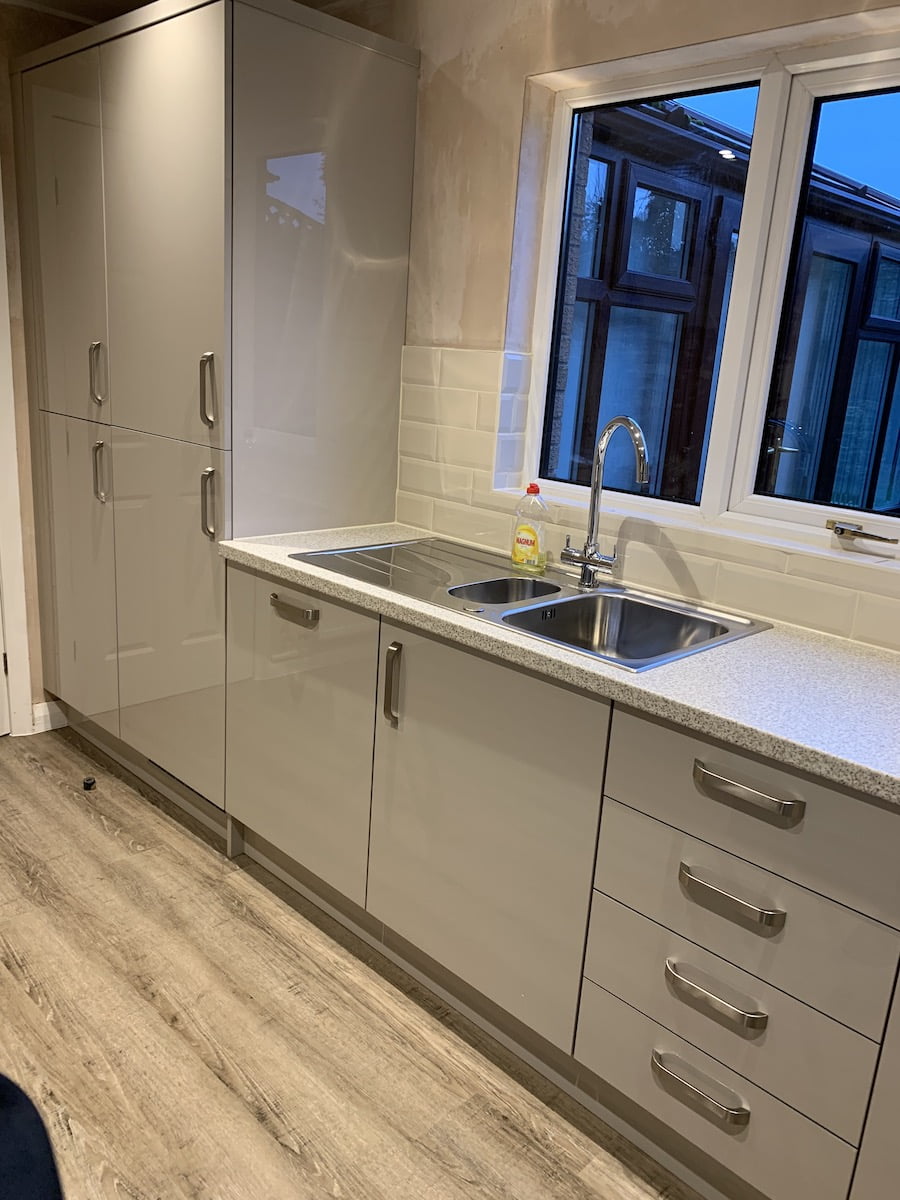


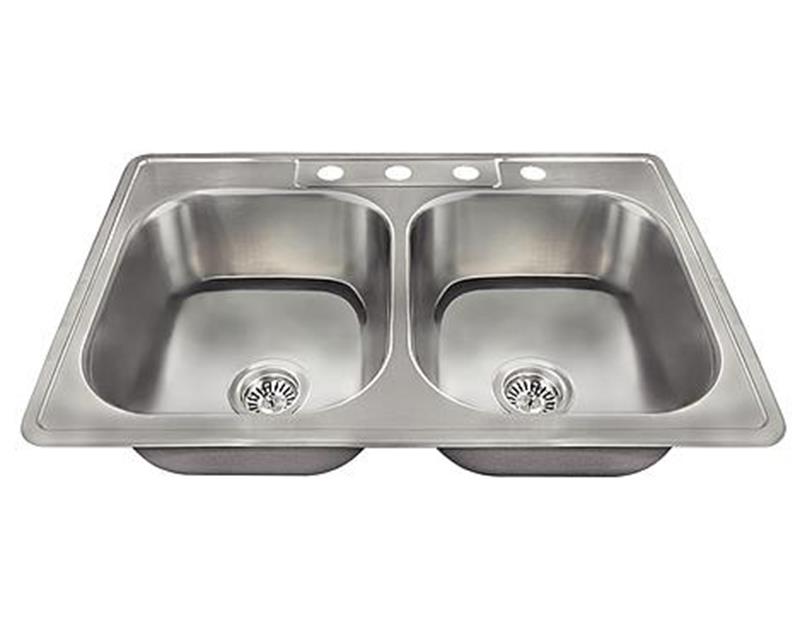
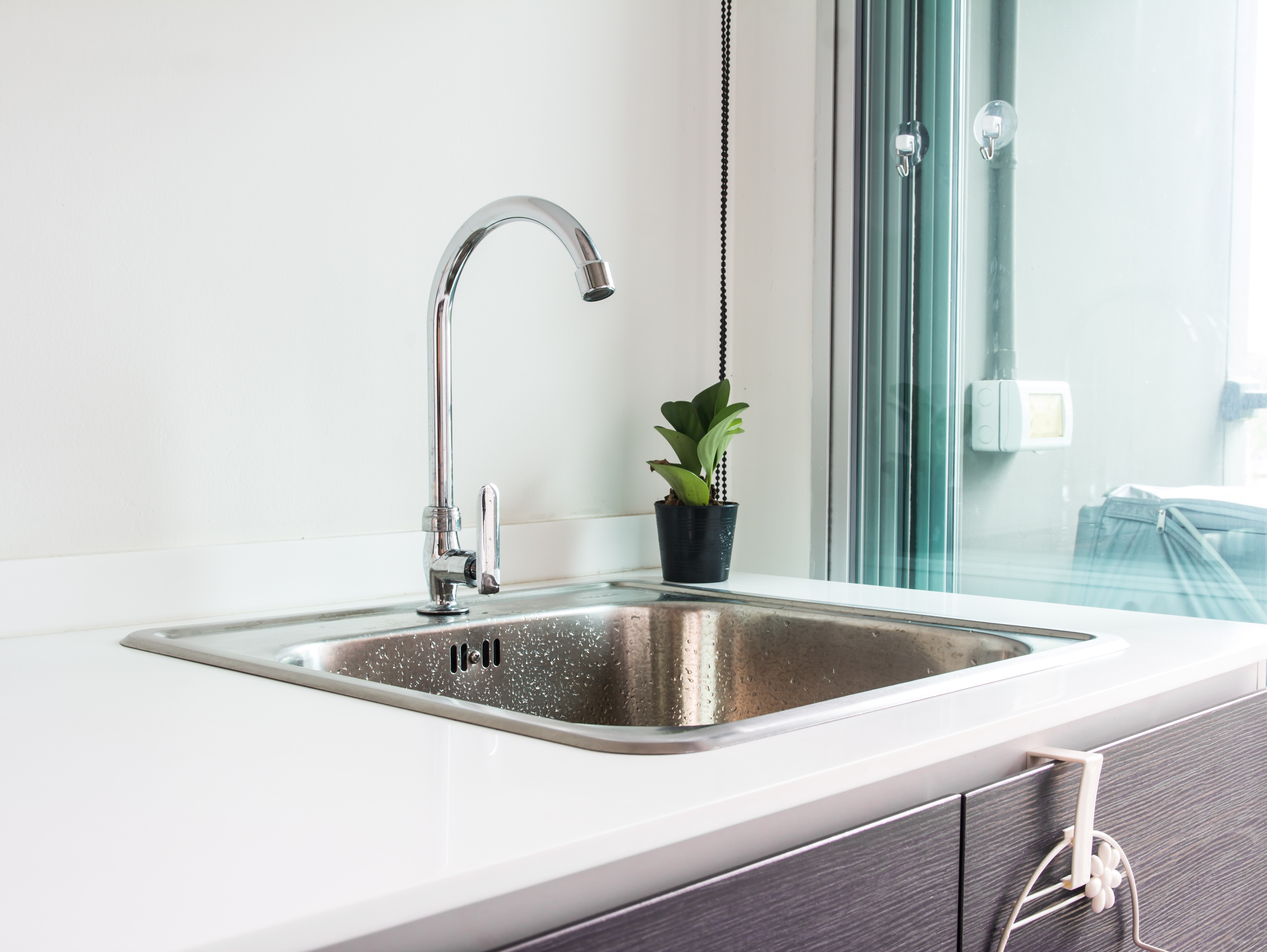
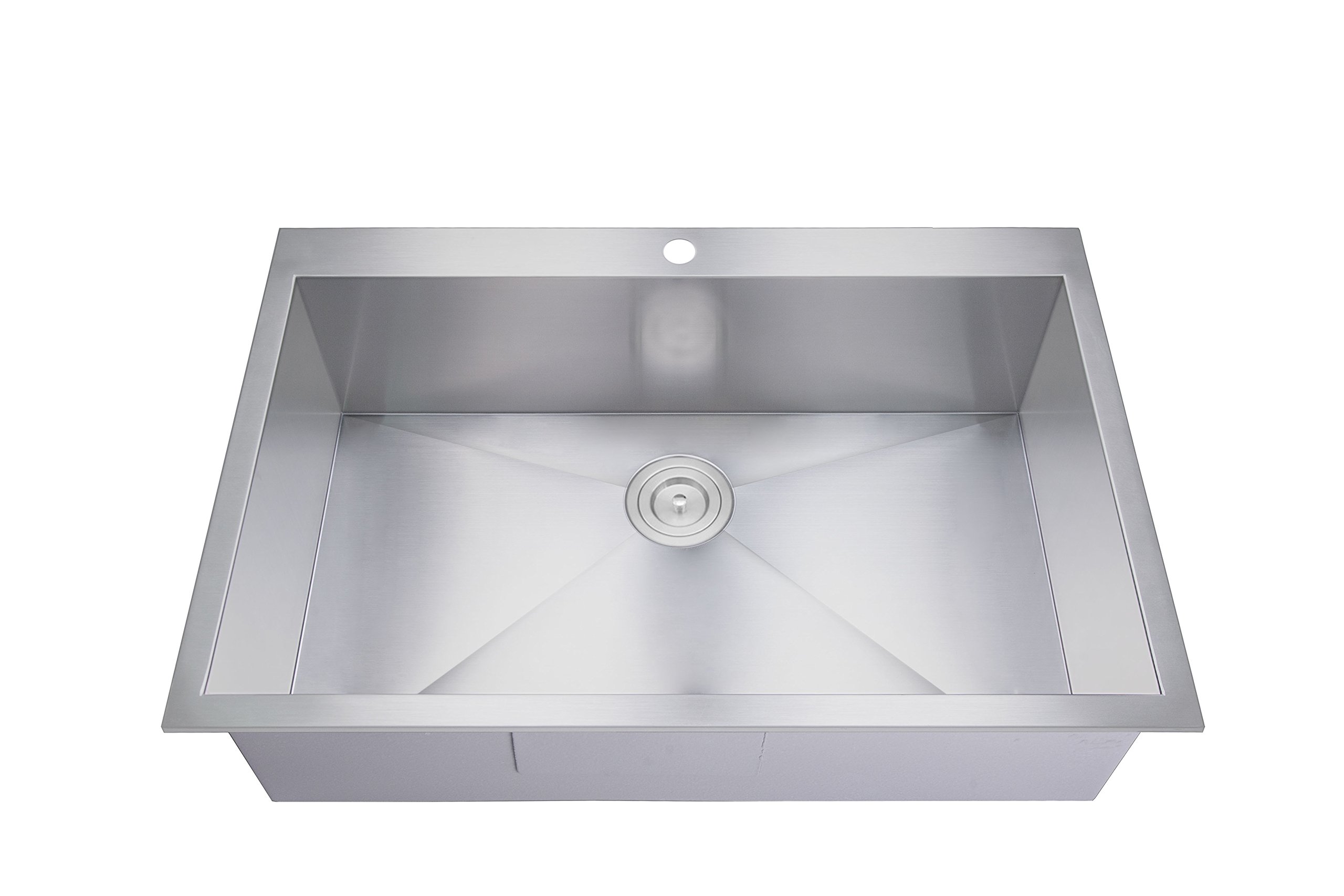




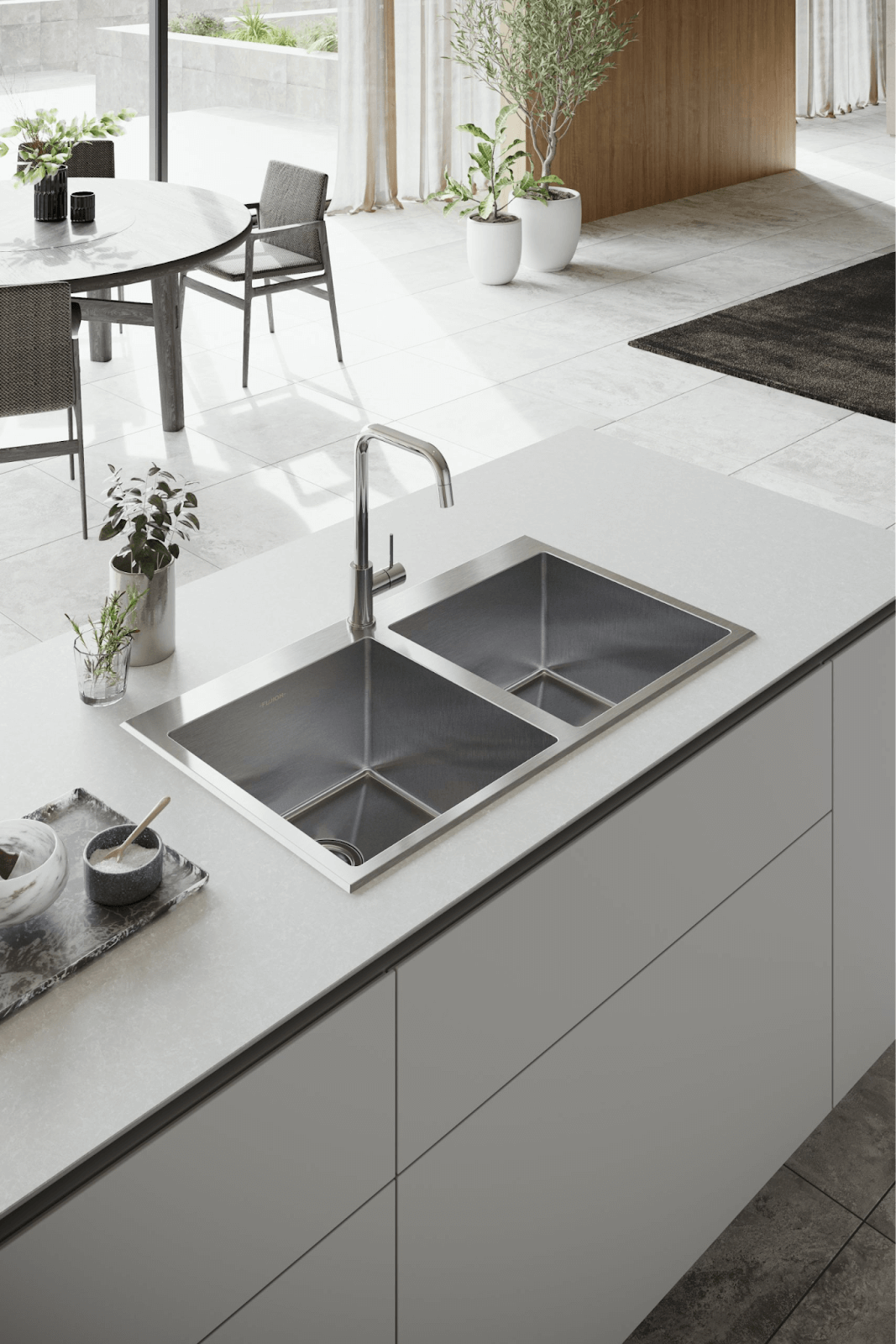


:max_bytes(150000):strip_icc()/undermount-vs-drop-in-kitchen-sink-1821203-FINA--5bb521accff47e0026d4ad95.png)


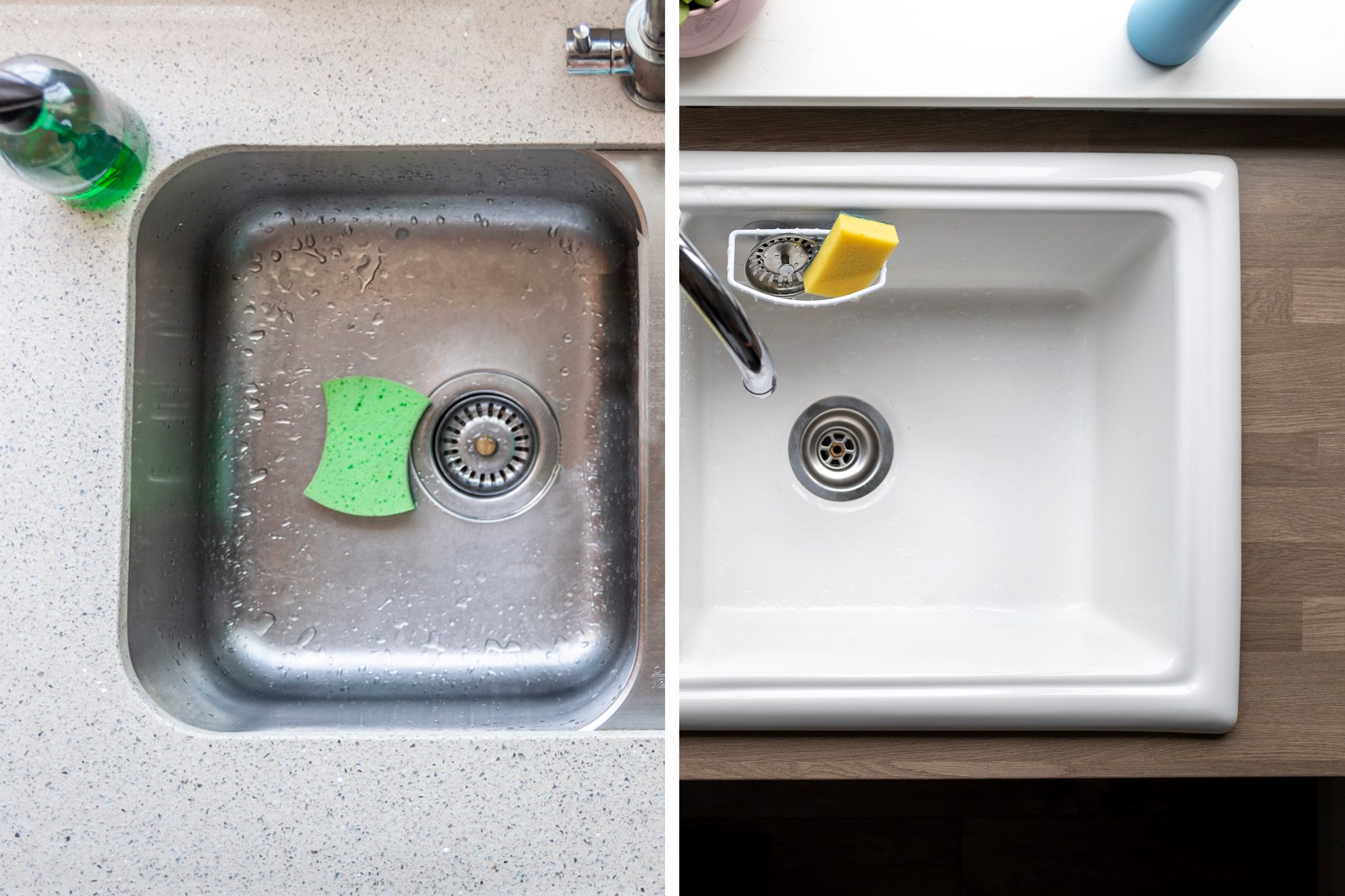


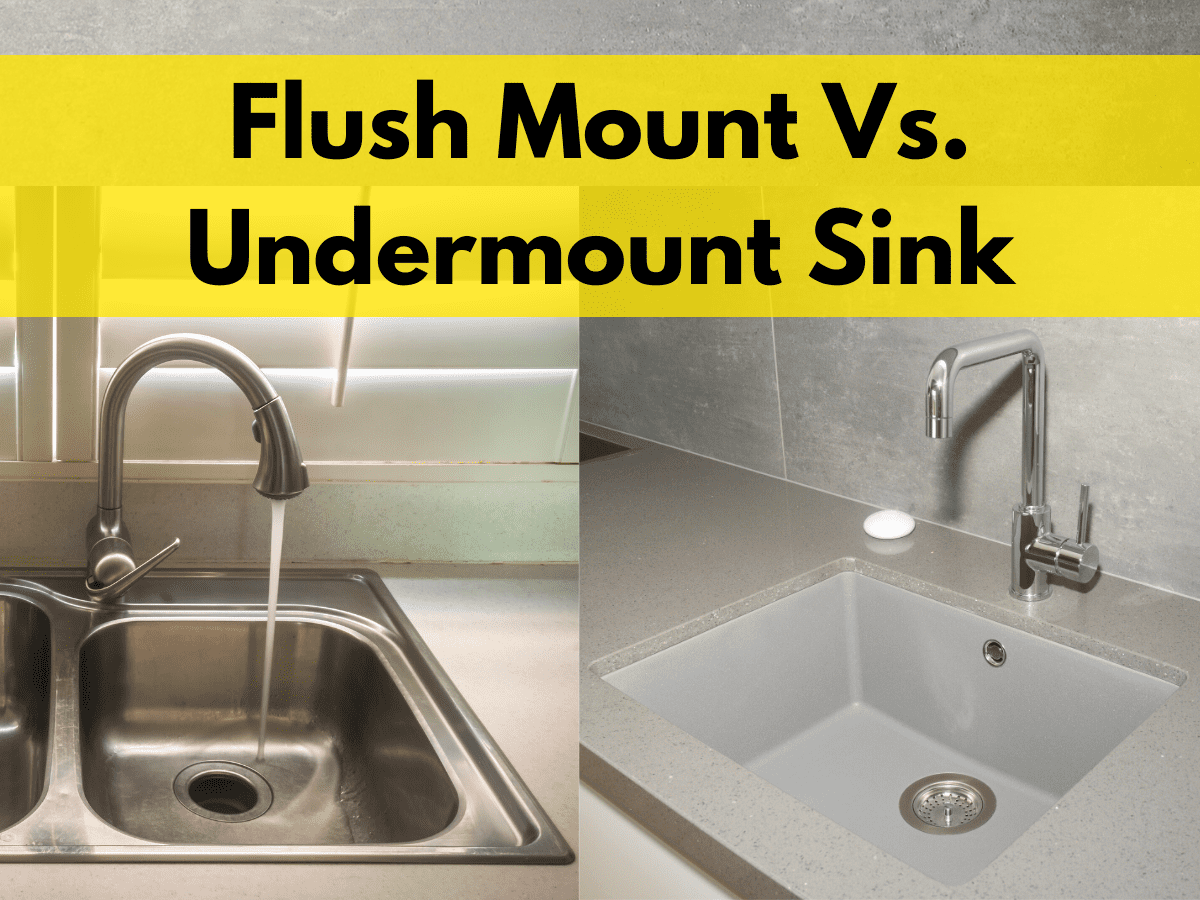









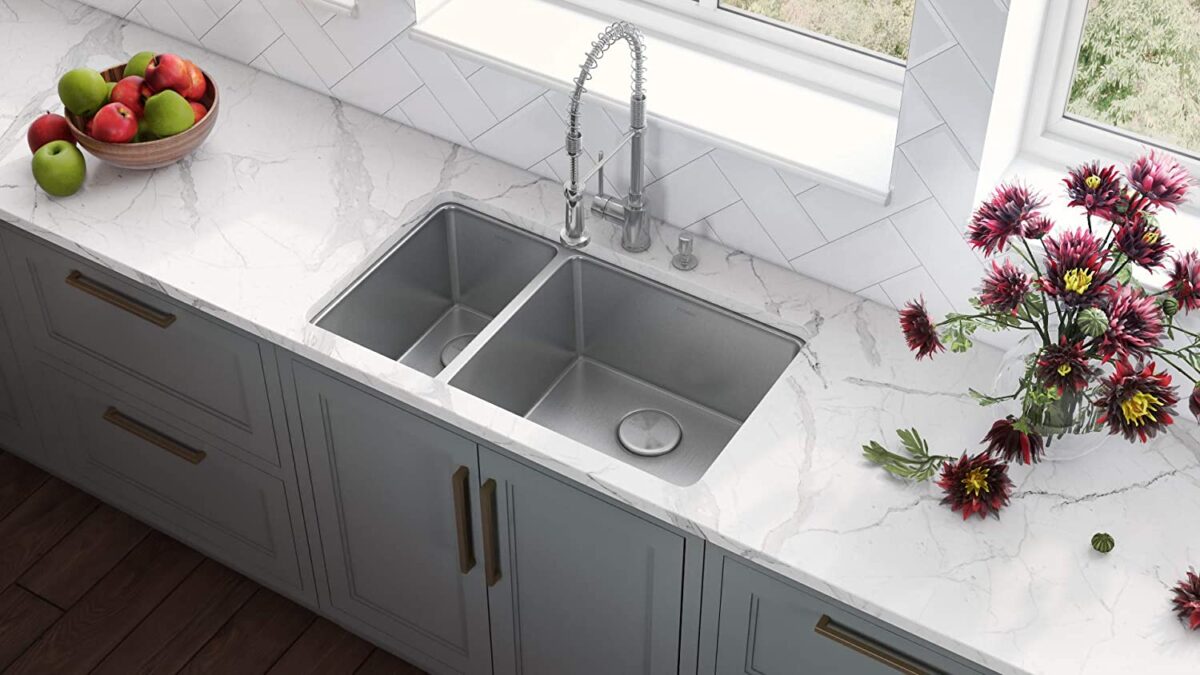


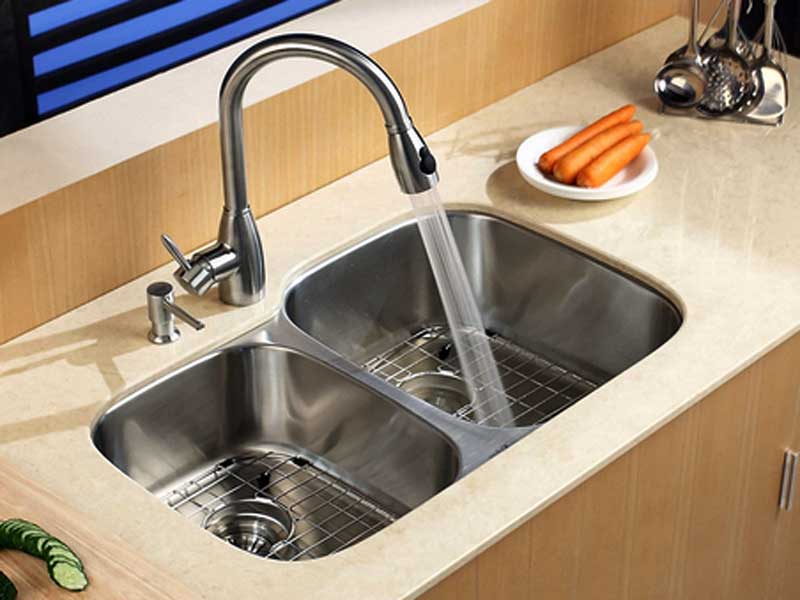



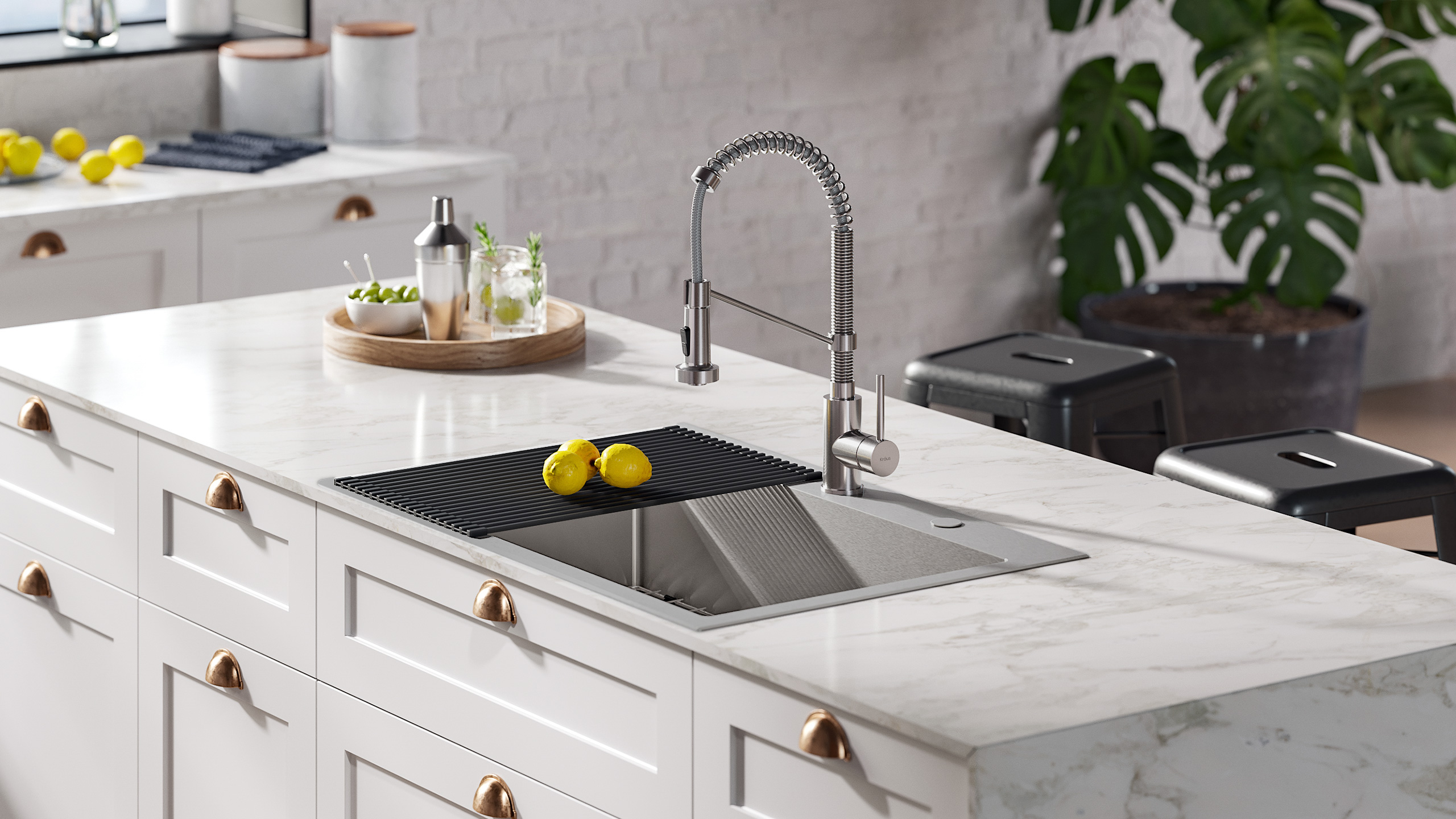



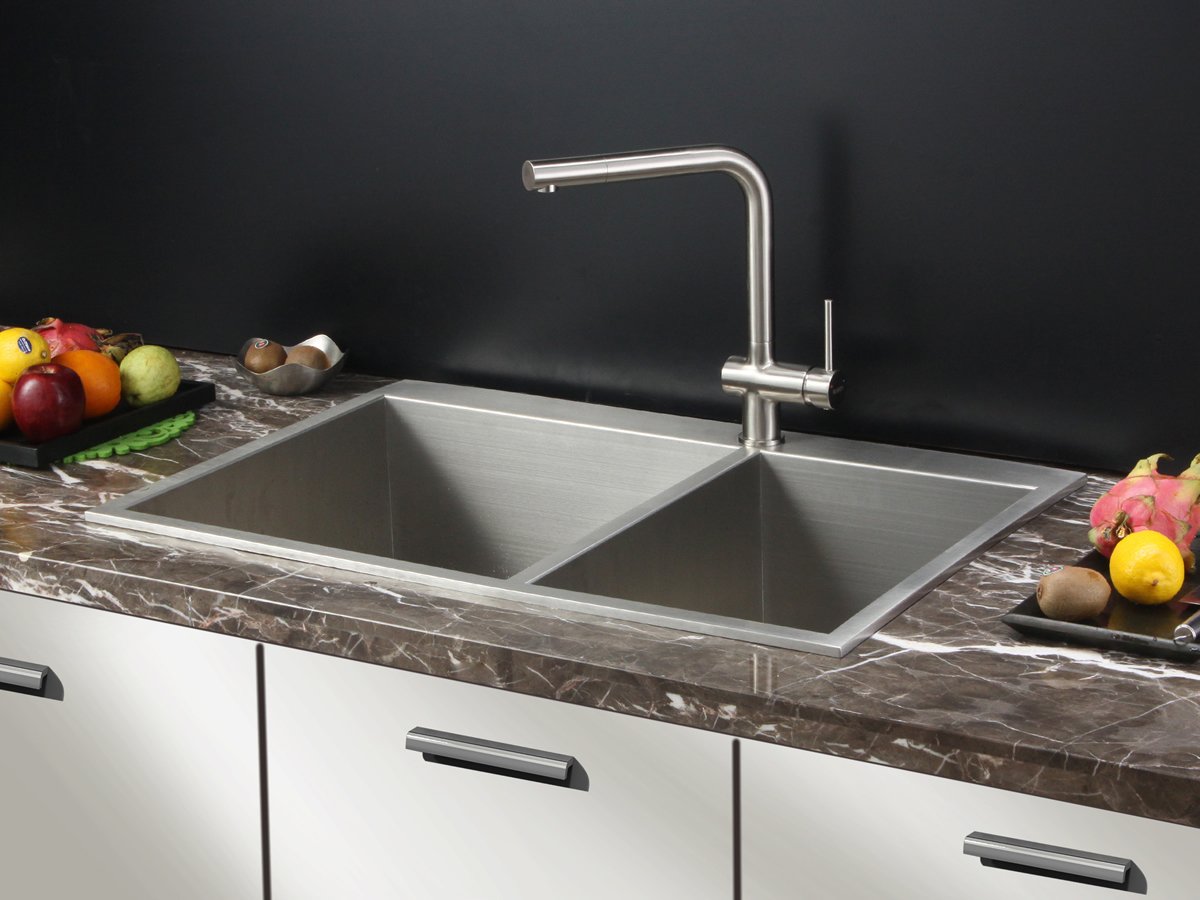

:max_bytes(150000):strip_icc()/best-kitchen-sinks-4801594-jay-wilde-c7cfe5a945f84158a6eef3b25bdec316.jpg)
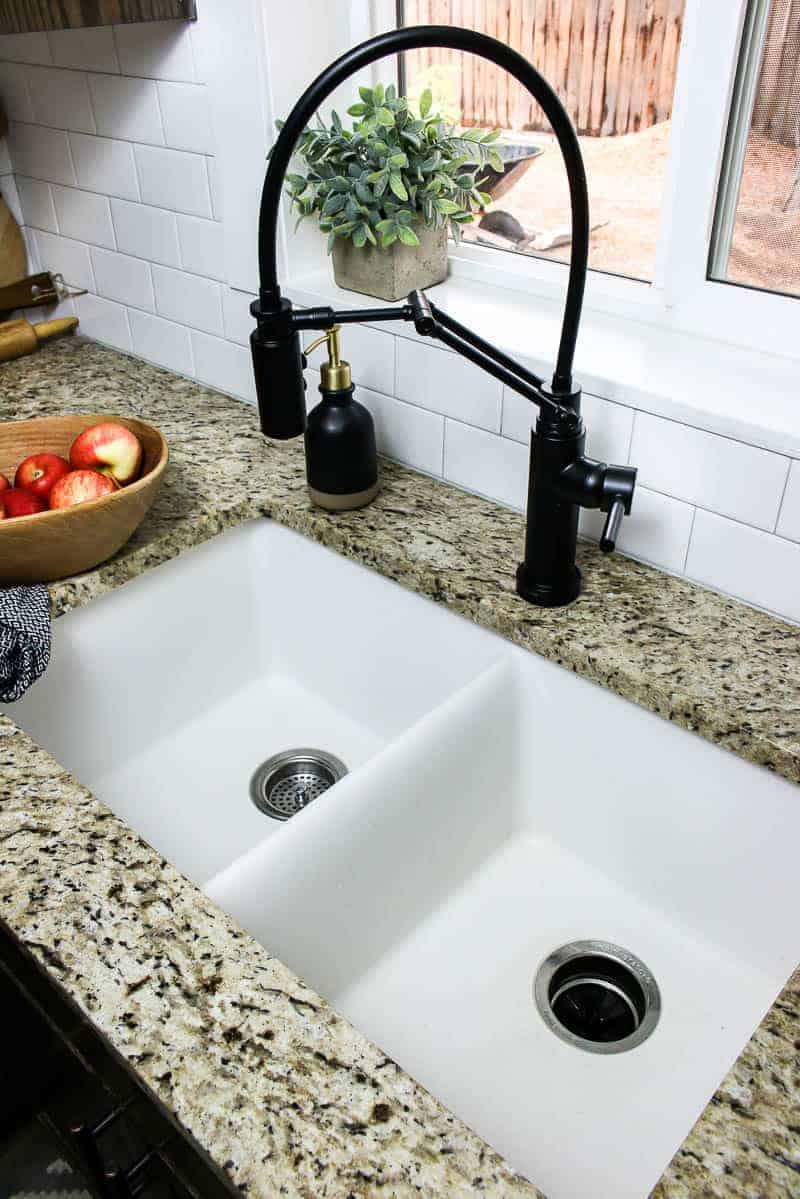

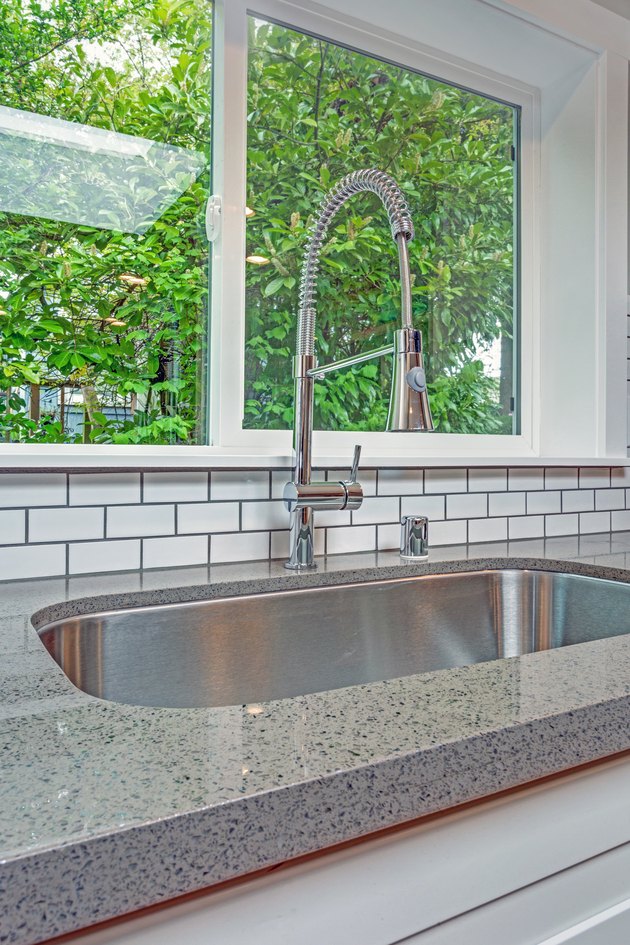
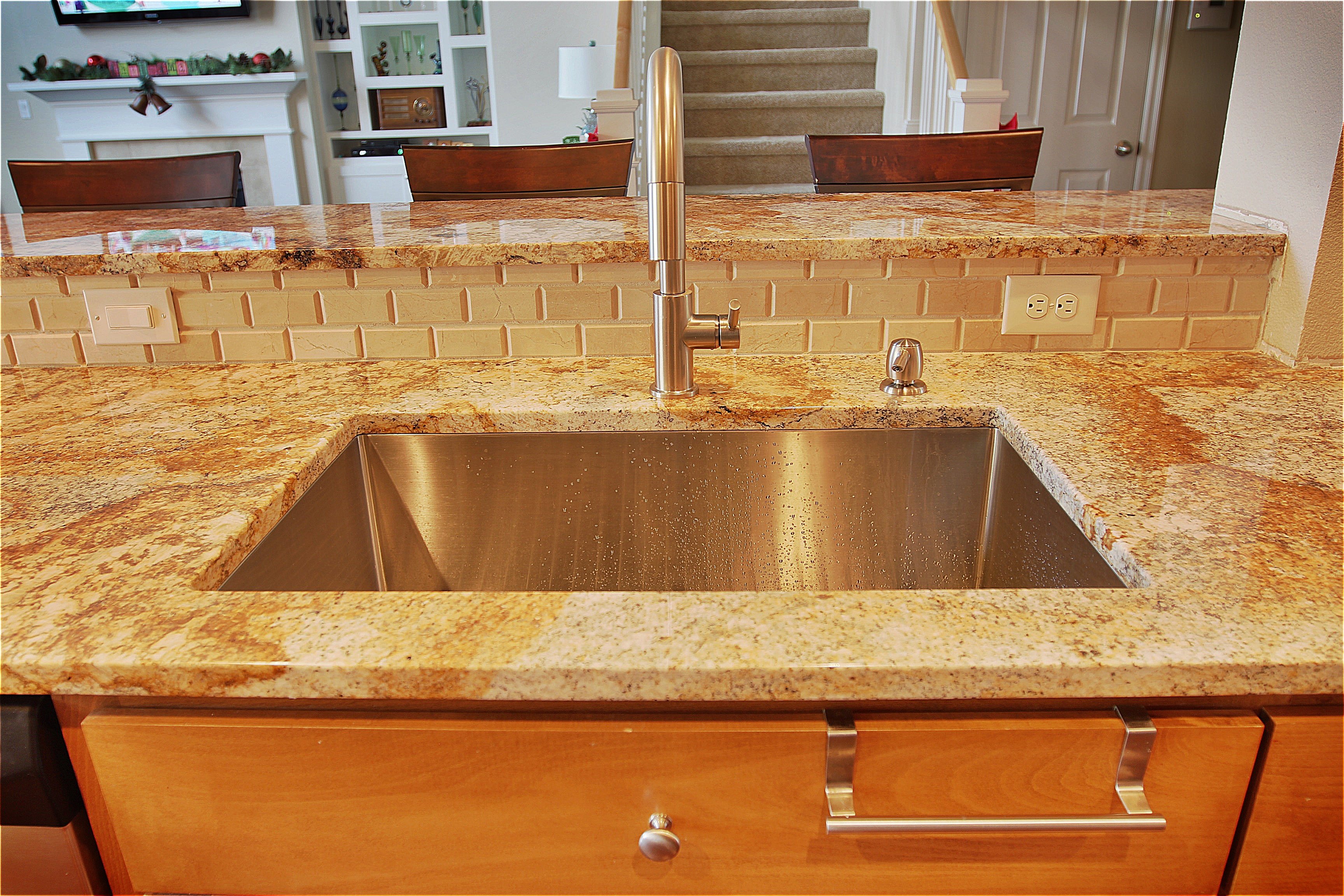

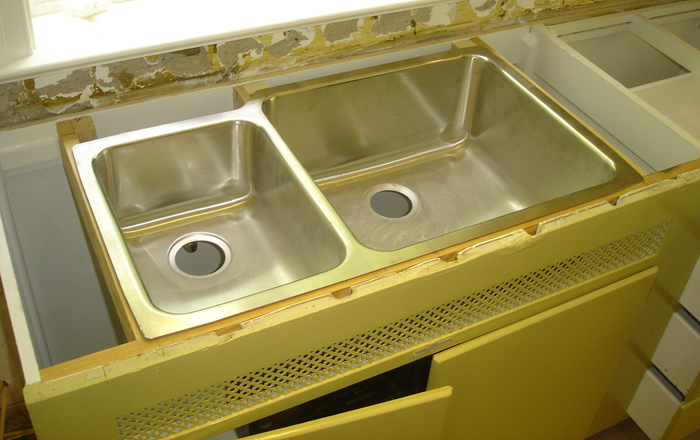

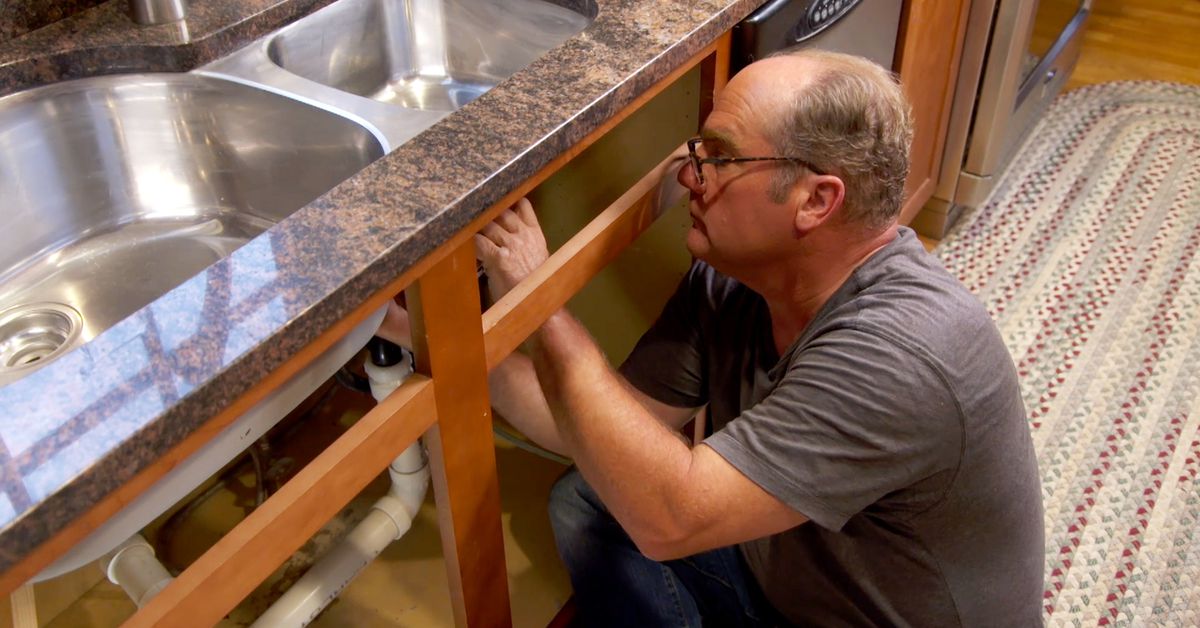


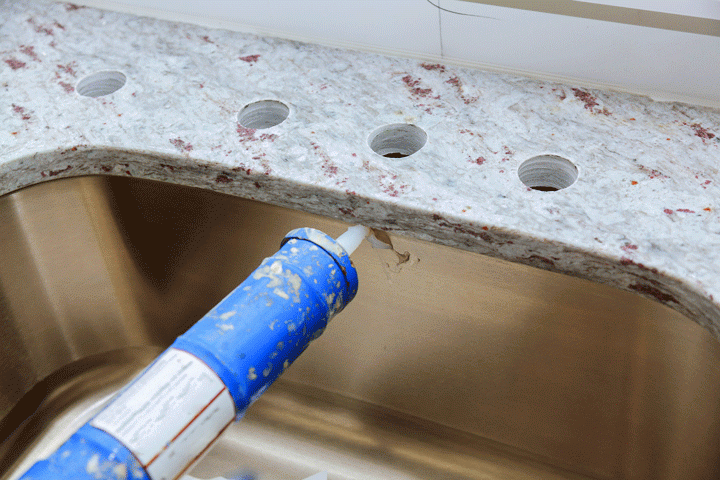









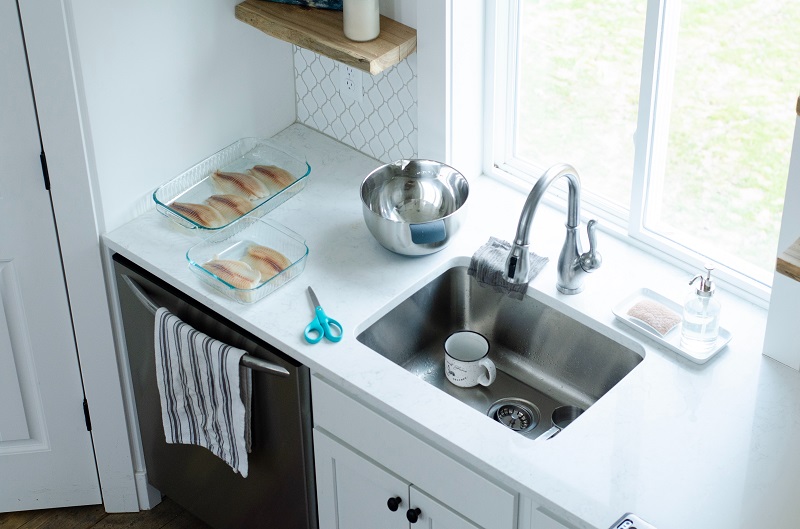
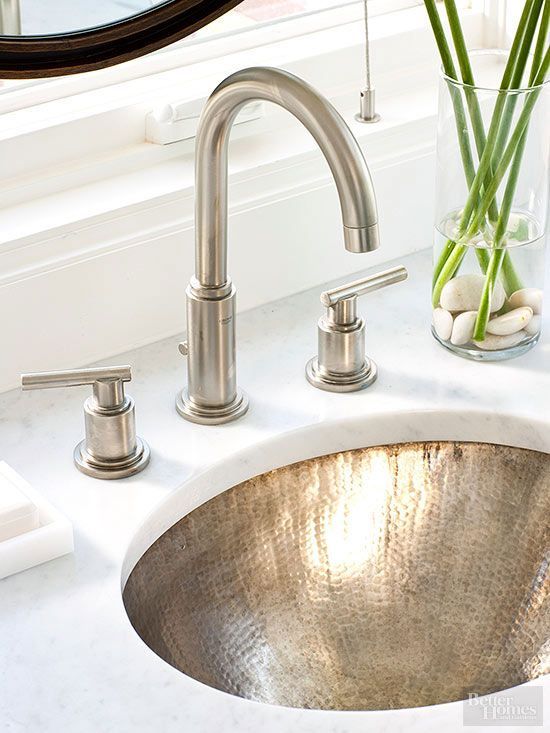
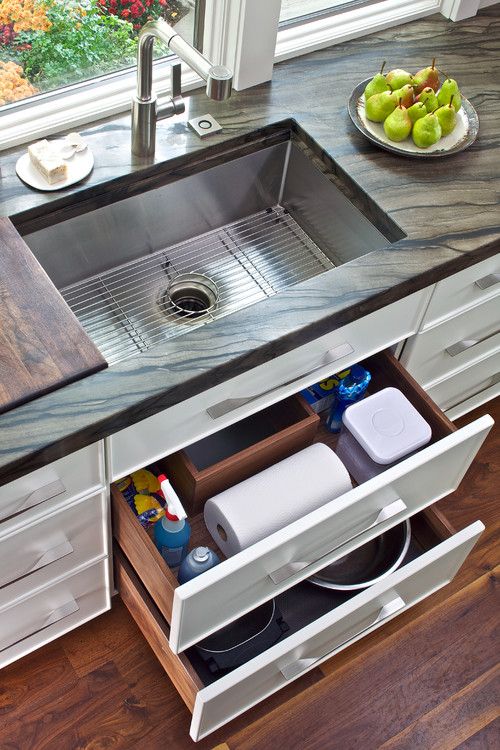











/Basic-kitchen-sink-types-1821207_color_rev-0b539306b9ef4236a136624ad2a89a4c.jpg)




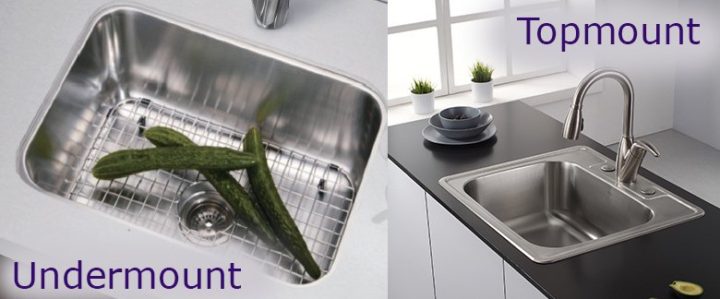
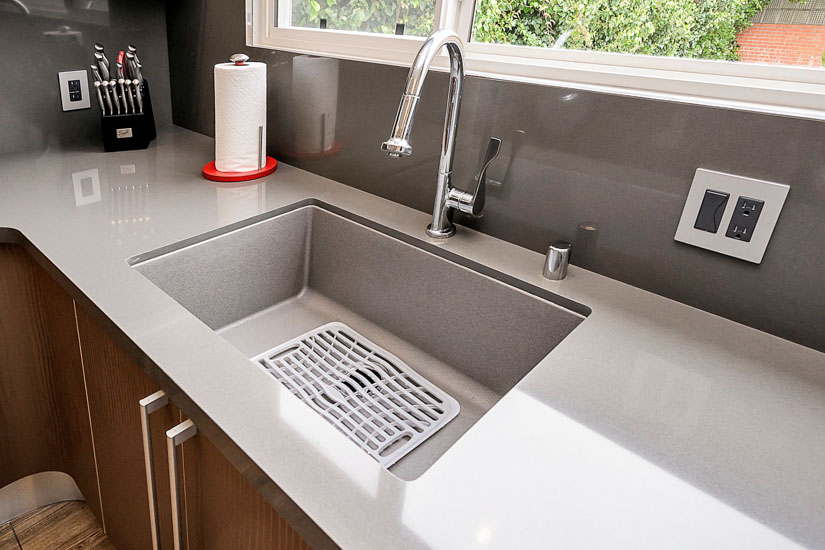
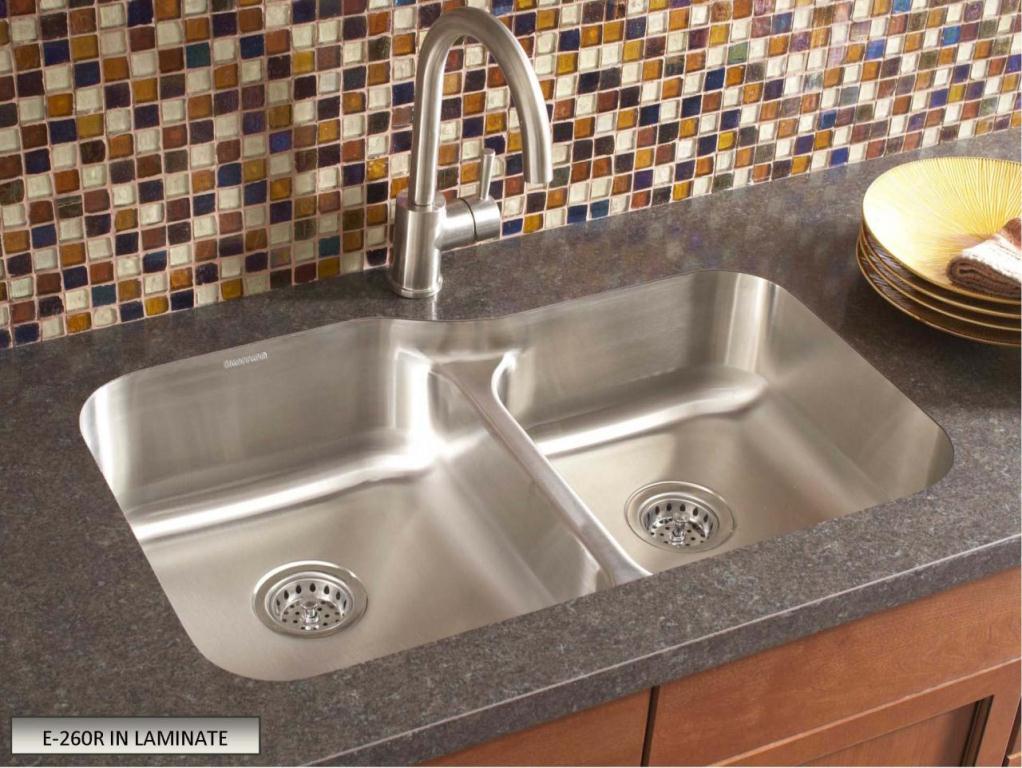
:max_bytes(150000):strip_icc()/undermount-vs-drop-in-kitchen-sink-1821203-f726447907dd46698cce0470da4c5e26.png)






